Aquarium hobbyists all around the world know the feeling of walking into a pet store and falling in love with a beautiful and exotic fish. However, many of these fish come with a high price tag that can be hard to justify for the average hobbyist. For those looking to turn their passion into a profitable business, breeding expensive aquarium fish may be the way to go. in this guide to the 5 most profitable fish to breed we will look at the most expensive fish for sale in the marketplace today and how you can get your own piece of it. See also 9 easiest fish to breed in a community tank or 10 easiest and most profitable fish to breed
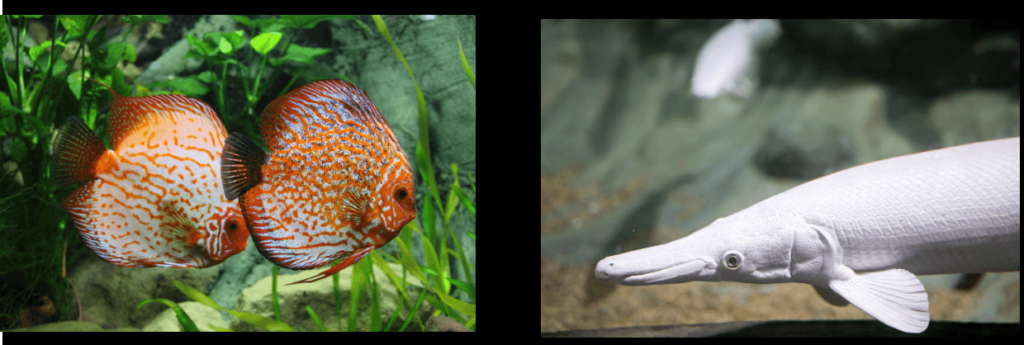
In this blog post, we will be discussing five of the most expensive aquarium fish in the world and what makes breeding them profitable. We will be exploring the care requirements, breeding techniques, and other factors that contribute to the high demand and price tag of these fish.
Asian Arowana
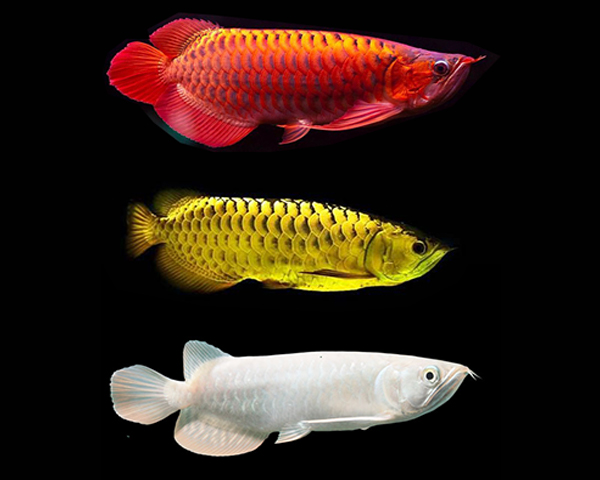
The Asian Arowana, also known as the “dragon fish,” is one of the most expensive aquarium fish in the world. Native to Southeast Asia, these fish come in multiple colors and patterns, with some being rarer than others. The price for a young Asian Arowana in Singapore, for example, is around $300, while rare species in West Kalimantan can fetch up to $1,500. The most expensive Asian Arowana, the albino specimen, can be sold for over l for $200,000 or more, with a Platinum Asian Arowana selling for $400,000 or more.
So, what makes breeding Asian Arowana profitable? For one, the high demand for these fish is driven by the belief that they bring good luck and wealth. In some cultures, owning an Asian Arowana is seen as a status symbol, and the price tag reflects that. Additionally, the lengthy and complex breeding process adds to the exclusivity and price of these fish.
To breed Asian Arowana, a breeder must first obtain a male and female pair of the same color strain. This is because breeding different colors will produce offspring that are not as valuable. The breeding process itself is also difficult and time-consuming, as the fish require specialized care and attention.
Once the pair has spawned, the eggs will hatch after a few days. The fry will be small and fragile, requiring a specific diet and environment to grow and develop. The process of breeding and raising Asian Arowana is a delicate and meticulous task, but the end result can be incredibly rewarding.
Flowerhorn Cichlid
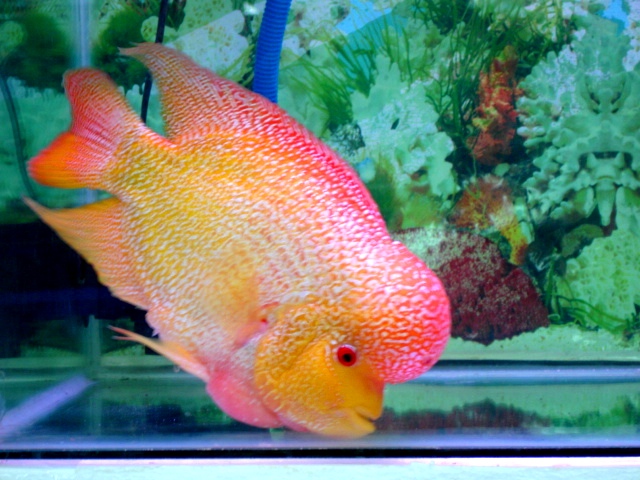
The Flowerhorn Cichlid is a hybrid species of Cichlid that is known for its unique and striking appearance. The most expensive Flowerhorn Cichlid was sold in Malaysia in 2009 for a whopping $600,000, making it the most expensive aquarium fish on record.
While not all Flowerhorn Cichlids come with that kind of price tag, the high demand for these fish can still make breeding them a profitable venture. The Flowerhorn Cichlid is a relatively new species, first bred in Taiwan in the 1990s. They are known for their vibrant colors and distinctive hump on their head.
Breeding Flowerhorn Cichlids is relatively easy compared to other expensive aquarium fish. However, breeding high-quality Flowerhorns that are worth a high price requires careful selection of breeding pairs and proper care.
To breed Flowerhorn Cichlids, breeders must select a male and female pair that have desirable traits such as bright colors, a large hump, and a well-defined body shape. Once the pair has spawned, the fry will hatch and require special care and attention to ensure their growth and development.
While not all Flowerhorn Cichlids will sell for hundreds of thousands of dollars, they are still a profitable fish to breed. They are relatively easy to breed, have a high demand, and can be sold for a significant profit.
Freshwater Polka Dot Stingray
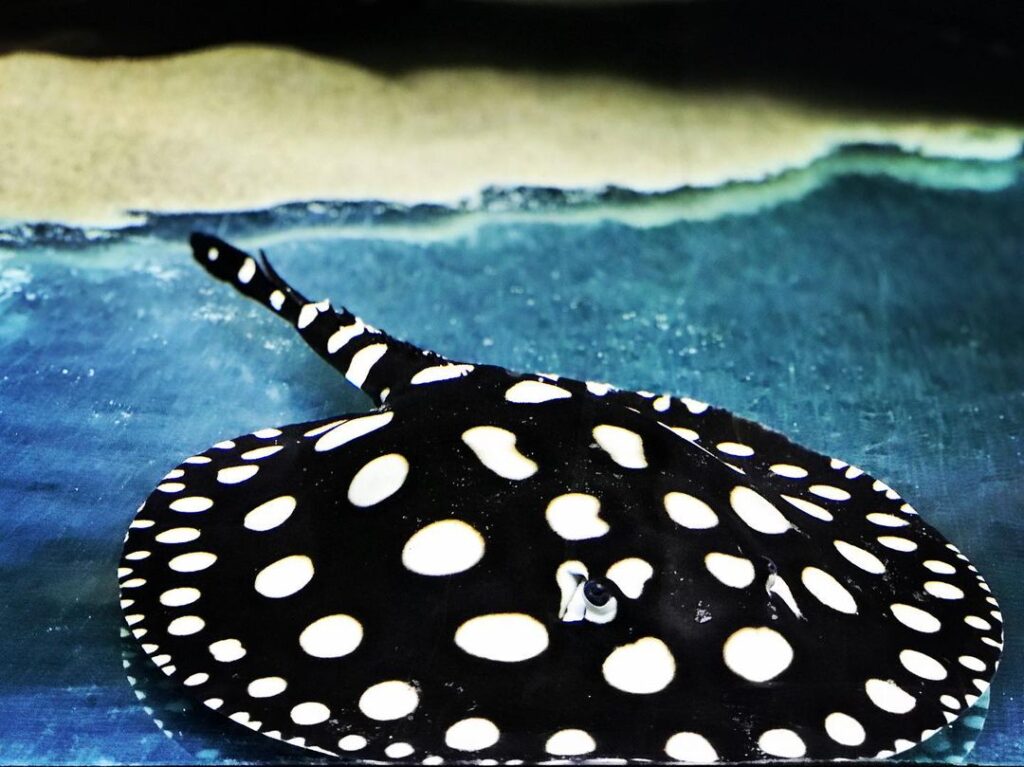
The Fresh water Polka Dot Stingray is a beautiful and rare fish that can reach up to 30 inches in size. They require a tank of at least 180 gallons, but it is recommended to keep them in a tank that is 200 gallons or more. These fish are hard to find, and purchasing a Freshwater Polka Dot Stingray can cost you around $1,500 on the low end, but they can sell for up to $100,000.
The high price tag of the Freshwater Polka Dot Stingray is driven by its rarity and beauty. These fish are not often seen in the wild, and their unique and striking pattern makes them a desirable addition to any aquarium.
Breeding Freshwater Polka Dot Stingrays requires careful selection of breeding pairs and specialized care. It is recommended to have a large breeding tank with soft substrate, and the temperature should be kept between 78 and 82 degrees Fahrenheit. Once the female has laid her eggs, the fry will hatch after a few days and require a specific diet and environment to thrive.
While breeding Freshwater Polka Dot Stingrays can be a challenging task, the high demand and price tag make it a potentially profitable venture for those willing to put in the effort.
Platinum Alligator Gar
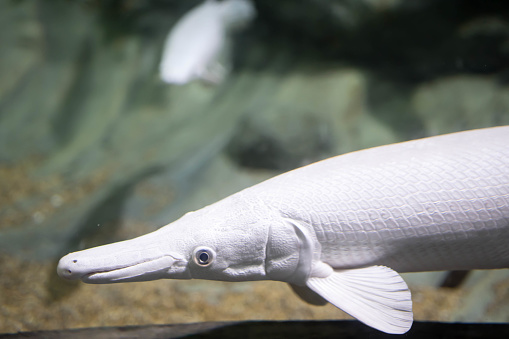
The Platinum Alligator Gar is a rare color strain of the Alligator Gar, a fish that is indigenous to the Southern US. The Platinum Alligator Gar often comes from color breeders in Asia, and can reach 6-10 feet in length, requiring a tank of at least 200 gallons. These fish are social and prefer to be kept in groups of 3-6. Selling for around $7,000 each, a tank of Platinum Alligator Gar can cost over $20,000.
The high price of the Platinum Alligator Gar is driven by its rarity and unique color. These fish are not commonly seen in the wild, and the platinum color strain is even rarer. They are also known for their impressive size and strength, making them a popular addition to large, impressive aquariums.
Breeding Platinum Alligator Gars requires careful selection of breeding pairs and specialized care. It is recommended to have a large breeding tank with a specific filtration system and water temperature around 80 degrees Fahrenheit. Once the female has laid her eggs, the fry will hatch after a few days and require a specific diet and environment to thrive.
While breeding Platinum Alligator Gars can be a challenging task, the high demand and price tag make it a potentially profitable venture for those willing to put in the effort.
Discus Fish

Discus Fish are a beloved addition to any aquarium. They come in multiple colors and patterns and are known for their social personalities and tendency to bond with their owners. They reach 6-8 inches in size and should be kept in at least 75-gallon tanks. Discus Fish are often sold in bonded mating pairs that cost around $500 per pair.
Breeding Discus Fish can be a challenging task, but the high demand for these fish makes it a profitable venture for those willing to put in the effort. Discus Fish require specific water conditions, including a pH range of 6.0-7.0 and a water temperature between 82-86 degrees Fahrenheit.
To breed Discus Fish, a breeder must select a male and female pair that have desirable traits such as bright colors and well-defined body shape. Once the pair has spawned, the fry will hatch and require special care and attention to ensure their growth and development.
While not as expensive as some of the other fish on this list, Discus Fish can still be a profitable venture for those willing to put in the time and effort.
What makes these fish so profitable to breed.
The fish mentioned in this article are profitable to breed for several reasons. First, they are rare and unique species that appeal to aquarium enthusiasts who are willing to pay a premium price to own them. Second, the process of breeding these fish requires specialized knowledge and care, making them more challenging to breed and therefore more valuable. Third, the market for high-end aquarium fish is global, which means breeders have access to a wide customer base, increasing their potential revenue. and Lastly, many of these fish have a long lifespan, which means they can continue to generate revenue for breeders over an extended period. Overall, breeding and selling high-end aquarium fish requires a significant initial investment, but the potential for profit can be substantial.
In conclusion, breeding and selling high-end aquarium fish can be a profitable business if done correctly. While it requires a significant investment of time, money, and knowledge, the rewards can be substantial for those willing to put in the effort. The key is to research and understand the market, choose the right species to breed, and provide optimal care to ensure the health and well-being of the fish. By following these steps, breeders can create a sustainable business that not only generates revenue but also brings joy and beauty to aquarium enthusiasts worldwide.
Do you need a license to breed and sell fish?
Yes, you will generally need a license to breed and sell fish. The type of license you need and the cost of the license will vary by state. Generally, you’ll need a state or federal aquaculture license if you’re planning to breed and sell fish, either on-site or through different outlets. Depending on which states you’re operating in, you may need additional licenses to buy or sell fish.
In addition to a license, most states will also require you to obtain a sales permit to breed and sell fish to the public. This will allow you to sell the fish you have bred. Depending on the state, the cost and type of sales permit you need will vary. The laws in each state vary and can change. This means it’s important to familiarize yourself with the specific business license and permit requirements for each state where you’ll be operating. You’ll need to make sure that you have all the licenses and permits needed in order to legally conduct business. Local laws and regulations also apply, and you may need additional permits or licenses to operate in some areas.
It’s also important to remember that any fish you want to sell must meet all state, federal, and local regulations. This means it’s important to stay up-to-date on important laws and regulations related to any fish species you plan on breeding, selling, or transporting.
Finally, it’s a good idea to check with your local government to make sure you have all the licenses and permits you need to legally breed and sell fish. Once you understand the licenses, permits, and regulations, you can then determine the cost of obtaining them and the process required to apply. This will help ensure that you are able to legally and successfully breed and sell fish.
How much money do fish breeders make?
Fish breeding is becoming popular among hobbyists and businesses looking to make money. If breeders work on the most expensive fish, there can be real money in it. Asian arowana can be valued up to $300,000 and Platinum Arowanas can even be worth over $400,000. All these fish can make a breeder a lot of money if they can find a buyer. People who sell these fish need to do research and planning to make sure their fish are at peak health and quality. But, the most difficult part of selling these fancy fish is finding someone to buy them, which is why it is important for breeders to market their product and do their research on the industry. Even with the effort and risk, fish breeders have a potential of making a lot off their venture.
Conclusion
This is a list of the most profitable fish to breed. While this is not going to be the easiest industry to get into, once you are in and have some good breeding stock you will make a lot of money if you can find buyers for your fish. It is also very important to set up you tank correctly and make sure that you do not jeopardize the health of the fish in any way.










